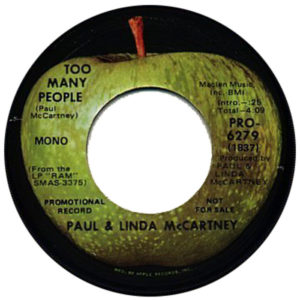 The Washington Post‘s Philip Kennicott decided to try visiting the popular Kusama exhibit at the Hirshhorn not as a critic, with all its special viewing privileges, but as an ordinary member of the public. The crowds and the rush, as we might expect, reduced the quality of the experience. We might enjoy a play or concert more when the house is full, but that doesn’t apply so well to museums. In one well-executed piece of research, Maddison and Foster found visitors would be willing to pay a significant entry fee to the British Museum if it would have the effects of reducing crowd sizes (and having visited that museum, had I been polled I would have had a high willingness-to-pay as well).
The Washington Post‘s Philip Kennicott decided to try visiting the popular Kusama exhibit at the Hirshhorn not as a critic, with all its special viewing privileges, but as an ordinary member of the public. The crowds and the rush, as we might expect, reduced the quality of the experience. We might enjoy a play or concert more when the house is full, but that doesn’t apply so well to museums. In one well-executed piece of research, Maddison and Foster found visitors would be willing to pay a significant entry fee to the British Museum if it would have the effects of reducing crowd sizes (and having visited that museum, had I been polled I would have had a high willingness-to-pay as well).
Kennicott observes:
… the mad crowds of the Kusama exhibition raise important questions about the basic experience museums offer, and whether they can continue to offer it in an age when success is measured in foot traffic, admission and other revenue (if the museum has an entry fee), and a host of crowd-based metrics (social media success, including Instagram posts, among them).
The arts, at least in the nonprofit and public sectors, live in the age of metrics, even when appropriate ones can be hard to find. The thing about audience numbers is that it’s an easy metric: easily counted, and who could possibly be against a museum being popular? And so, for example, if I look at the strategic plan for the Philadelphia Museum of Art, it includes a target of reaching one million visitors per year, from its current rate of around 800,000. What will an increase of 25% do to the museum experience? I’m not sure. Nor is it clear why this would be a target – why is 800,000 somehow ‘too low’? But it’s a metric and a target, nonetheless.
What are metrics good for? In a thoughtful essay from 1994, when the metrics wave was first beginning to appear, Stephen Weil, reporting from the Wintergreen conference, suggests that metrics can be a good tool for which management could make ‘intuitive’ use of what’s going on. But:
In general, the Wintergreen participants resisted the temptation to devise indicators that attempted to reflect the total performance of museums and confined their discussion of performance indicators to particular aspects of management and to the outcome of specific substantive programs.
Good advice. There do not exist sets of purely quantitative metrics that can capture the overall performance of any arts presenter, or arts funder for that matter. And insisting there are will do more harm than good.

Leave a Reply